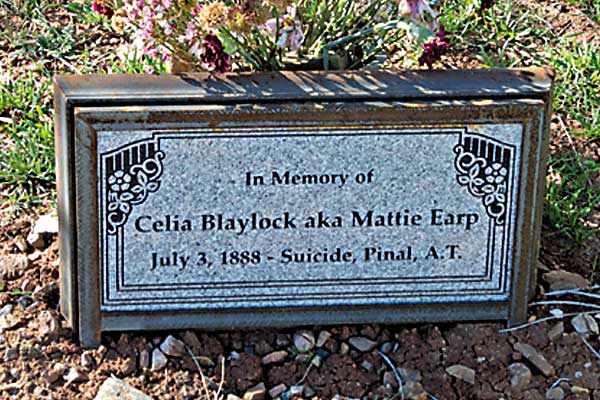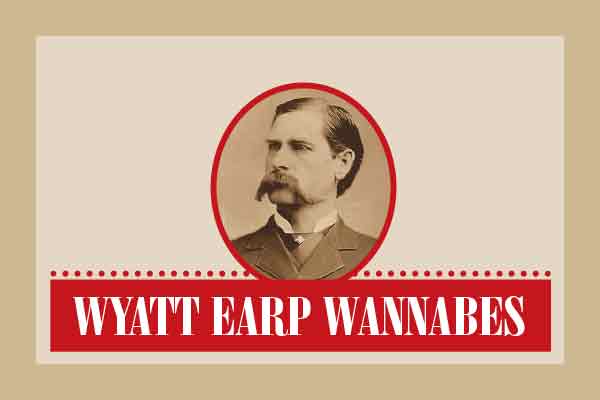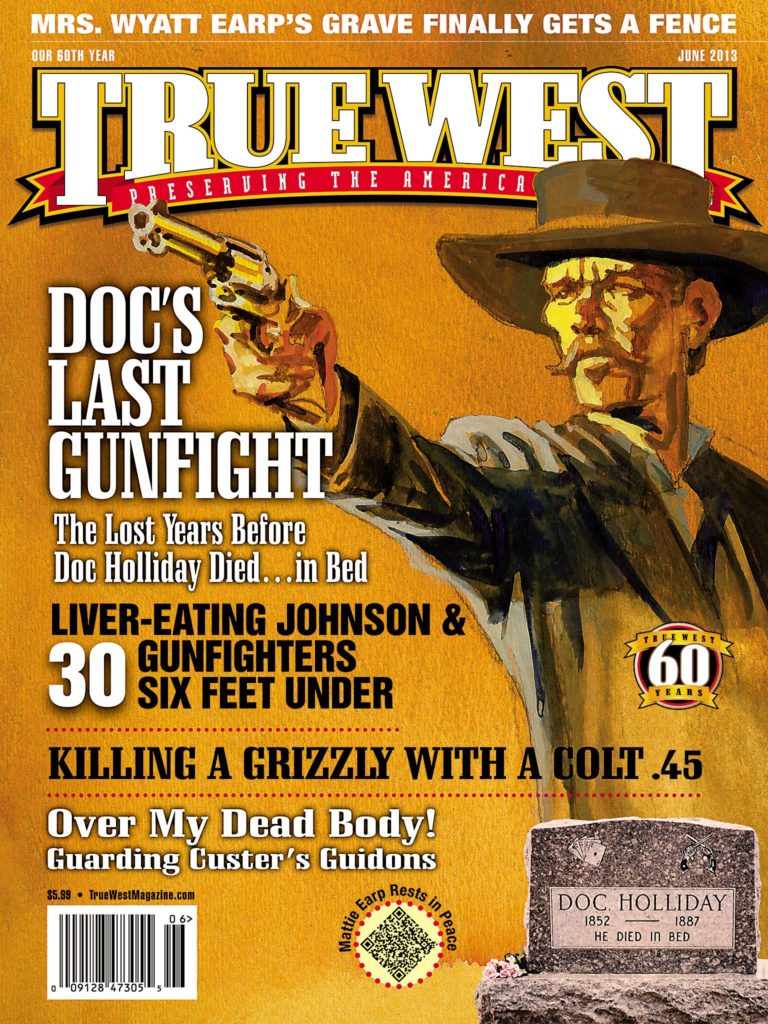 I typically encourage people to preserve properties, but four years ago, when True West asked my advice on nominating the Pinal City Cemetery to preserve it as a historic site, I advised the magazine not to bother.
I typically encourage people to preserve properties, but four years ago, when True West asked my advice on nominating the Pinal City Cemetery to preserve it as a historic site, I advised the magazine not to bother.
Cemeteries can be problematic. The National Register of Historic Places does not list graveyards; even if it did, the honorific designation would not prevent the public desecration going on at the site.
This was a conundrum for the magazine and its new True West Preservation Society; the cemetery was meant to be its first effort. After all, it was the final resting place of Celia Blaylock, a.k.a. Mattie Earp.
Outside of Superior, Arizona, between Pinal and the Silver King Mine, the cemetery was the final resting ground for miners, merchants, wives, children and prostitutes. Mattie was the latter. In July 1888, the woman who had accompanied Wyatt Earp to Tombstone, only to land in Pinal after their “marriage” ended, was found dead of an overdose, an apparent suicide.
Decades later, historians found the coroner’s report for Mattie and subsequently located her grave in the cemetery. By the 1990s, someone had erroneously placed a monument of railroad ties, affixed with a photo of Mattie, as her grave site.
Over the years, as evident by the beer cans and broken bottles, people have hoisted a drink or few to the late Mrs. Earp. Some moved stones from other graves to make hers stand out. At the same time I was encouraging True West to find a manageable project, one Mattiephile tried to weld an iron Taj Mahal over the grave site.
Since the cemetery is located in a national forest, federal law protects it. After watching this circus of cultural resource tampering for a decade, a forest service employee decided enough was enough and removed the junkyard shrine.
People were immediately outraged by the removal. They called the U.S. Forest Service and complained. They called their congressmen and complained. They called me and…did not get a sympathetic ear. I wanted the monument gone. “What if your grandmother was buried there?” I’d ask. “Would you want stones removed from her grave to mark someone else’s? Would you want people camping on her? Parking on her? Pissing on her in a drunken stupor?”
Given the mighty furor, the Forest Service and I partnered up on a proposal to preserve the cemetery via funds from True West and its preservation society. I also solicited help from the Pioneers’ Cemetery Association, the authority on the state’s pioneer cemeteries. The price tag was hefty, but I cut costs with labor by volunteers who felt the project worthy.
A Prescott rancher helped me fabricate the fence corners and walk-through gate. Steve Germick, archaeologist with the Passport in Time program, Tom Morgan and his Globe Hotshot forest fire-fighting crew, Herron Ranch wranglers and my friend Kerri Orndoff helped me build a fence around the cemetery, erect a sign indicating the site’s federal status and install a suitable memorial for Mattie. After two Saturdays in the August 100-and-higher heat, we finished the job.
The True West Preservation Society—as it had promised four years earlier—picked up the tab for the fencing and the signage, while the Pioneers’ Cemetery Association financed Mattie’s memorial.
I received a sunburn and a warm beer for my efforts.
A native Arizonan, Vince Murray is a historian with Arizona Historical Research and a consultant on preserving historic buildings and archaeological sites.




